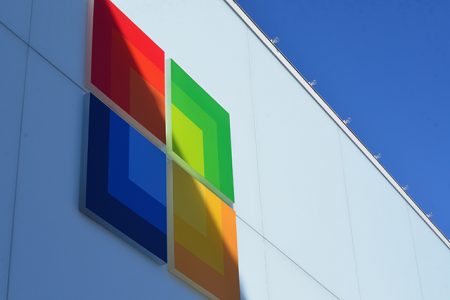Microsoft promises the same great functionality as the original release in the Azure Quickstart templates along with a more robust user experience.
Microsoft is excited to announce the launch of an early version of the Bletchley v1 infrastructural substrate to the marketplace. The step is the next stage of Microsoft’s support of blockchain on Microsoft Azure.
Bletchley project was initially introduced in June. It is an Ethereum-based technology that allows to quickly create blockchains with a preselected set of trusted nodes managing the consensus process. Users can interact with these nodes to submit transactions and a set of mining nodes per consortium member to record transactions.
Microsoft has studied the blockchain, all its essential principles, features and capabilities, to eventually come up its own project that reflects the vision of the company for an open, modular blockchain fabric powered by Azure.
Microsoft enumerates the most common themes Project Bletchley addresses:
- Platform openness is a requirement.
- Features like identity, key management, privacy, security, operations management and interoperability need to be integrated.
- Performance, scale, support and stability are crucial.
- Consortium blockchains, which are members-only, permissioned networks for consortium members to execute contracts, are ideal.
Microsoft once said about its project: “Project Bletchley is a vision for Microsoft to deliver Blockchain as a Service (BaaS) that is open and flexible for all platforms, partners and customers. We’re thrilled to be on this journey with the blockchain community, and are looking forward to helping transform the way we think about and do business today.”
Microsoft offers its users a possibility to deploy Bletchley v1 as easily as other Azure Marketplace offerings. “With this release, you have all the same great functionality as with the original release in the Azure Quickstart templates, but with a more robust user experience directly integrated into the Azure portal,” wrote Christine Avanessians, a senior program manager at Microsoft Azure, in a recent blog post.
“With Azure Blockchain, you are only charged for the underlying infrastructure resources consumed, such as compute, storage, and networking. There are no incremental charges for the solution itself. Deployment will take between 5-20 minutes, depending on the size of the network. Once complete, you can access the administrator web page to get started. The URL for the administrator web page is the first output of the deployment”, says Microsoft.
Microsoft explains that its team has automated the time-consuming processes of infrastructure building out and configuring to allow users to concentrate on creation of their own scenarios and applications. Users can configure additional Ethereum accounts through the administrator web page, which will enable working with smart contract, and eventually application, development.
next